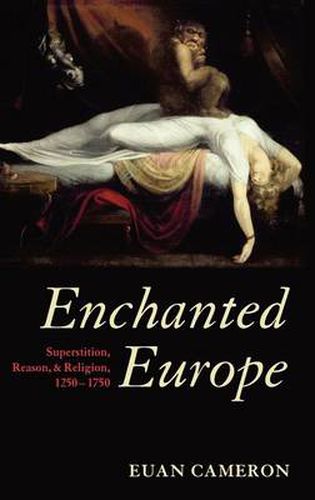Readings Newsletter
Become a Readings Member to make your shopping experience even easier.
Sign in or sign up for free!
You’re not far away from qualifying for FREE standard shipping within Australia
You’ve qualified for FREE standard shipping within Australia
The cart is loading…






Enchanted Europe explains how European Christian thought confronted popular beliefs in charms, spells, magical healing, omens and divination. It tells the story of how religious thinkers took an interest in popular belief; how they determined to try to bring it under control; and how after several centuries they gave up the attempt, as popular beliefs ceased any longer to be a source of worry. It draws on many years of research into rare and little-studied historical texts to chart the debate among European thinkers over what superstition was, how to identify it, and how to persuade people to avoid it. It sets the changing uses of the term ‘superstition’ in their historical context. For the first time it integrates the debates over ‘superstition’ with the changing picture of European religious and cultural ideas over five tumultuous centuries.
$9.00 standard shipping within Australia
FREE standard shipping within Australia for orders over $100.00
Express & International shipping calculated at checkout
Enchanted Europe explains how European Christian thought confronted popular beliefs in charms, spells, magical healing, omens and divination. It tells the story of how religious thinkers took an interest in popular belief; how they determined to try to bring it under control; and how after several centuries they gave up the attempt, as popular beliefs ceased any longer to be a source of worry. It draws on many years of research into rare and little-studied historical texts to chart the debate among European thinkers over what superstition was, how to identify it, and how to persuade people to avoid it. It sets the changing uses of the term ‘superstition’ in their historical context. For the first time it integrates the debates over ‘superstition’ with the changing picture of European religious and cultural ideas over five tumultuous centuries.